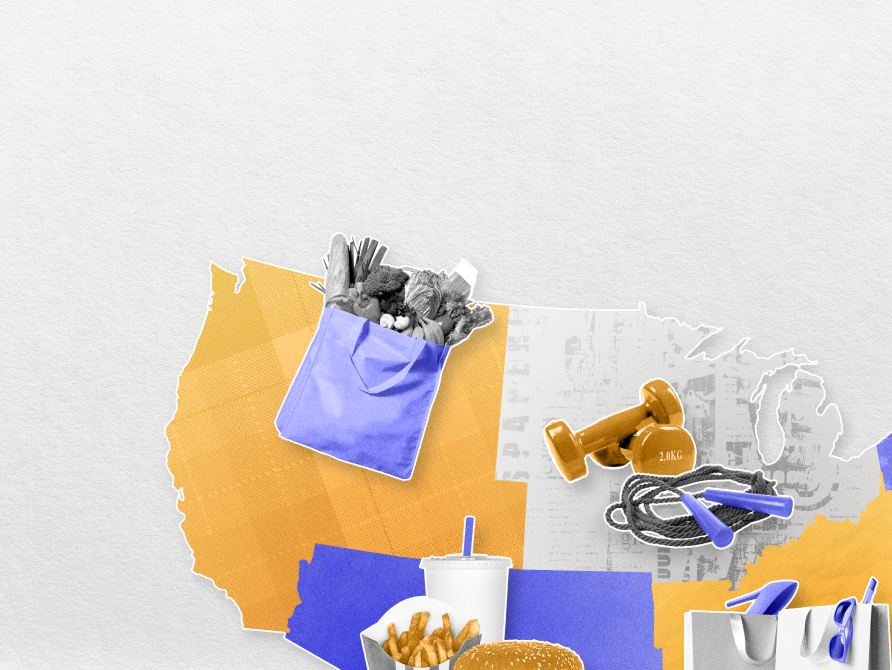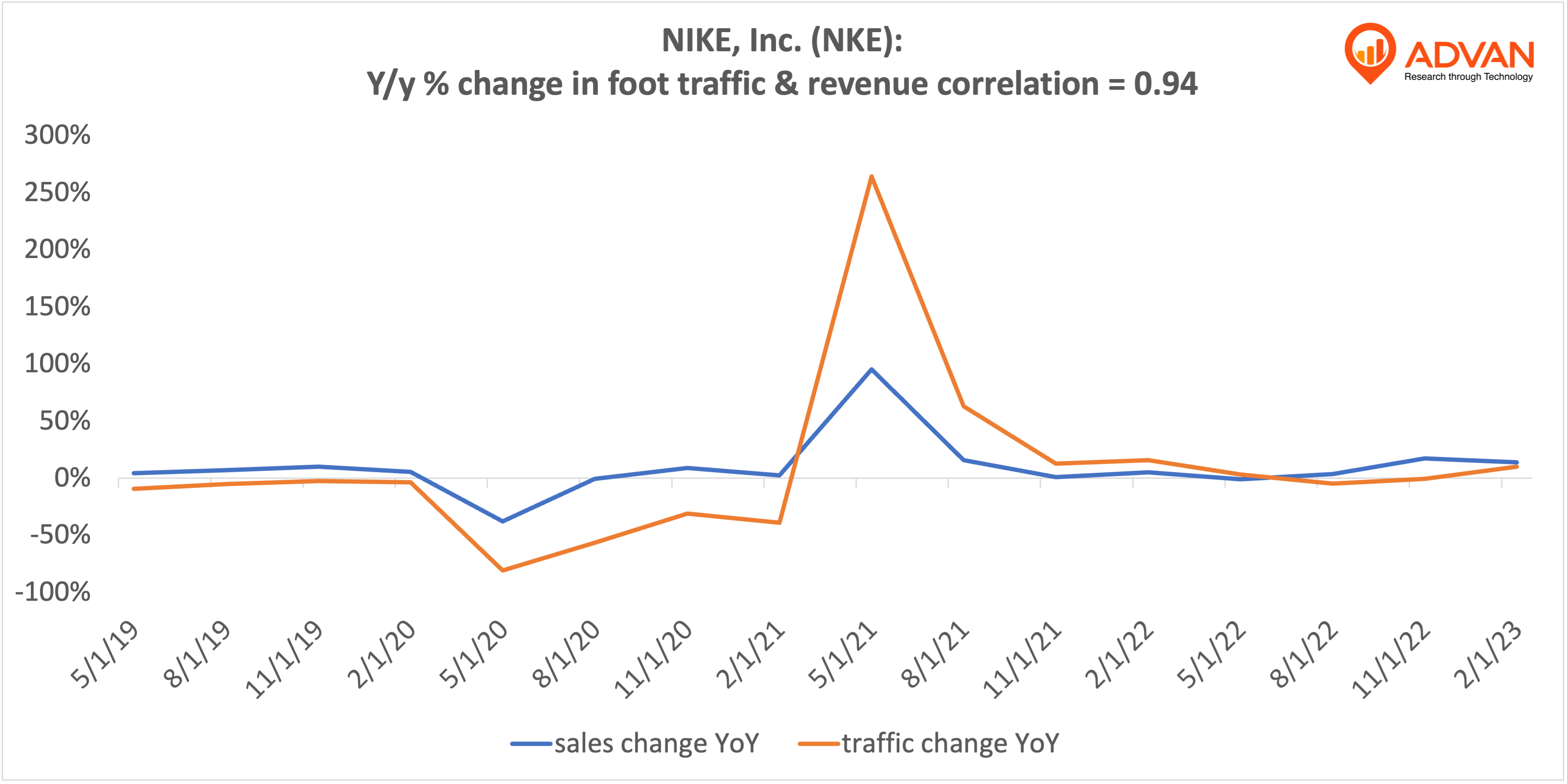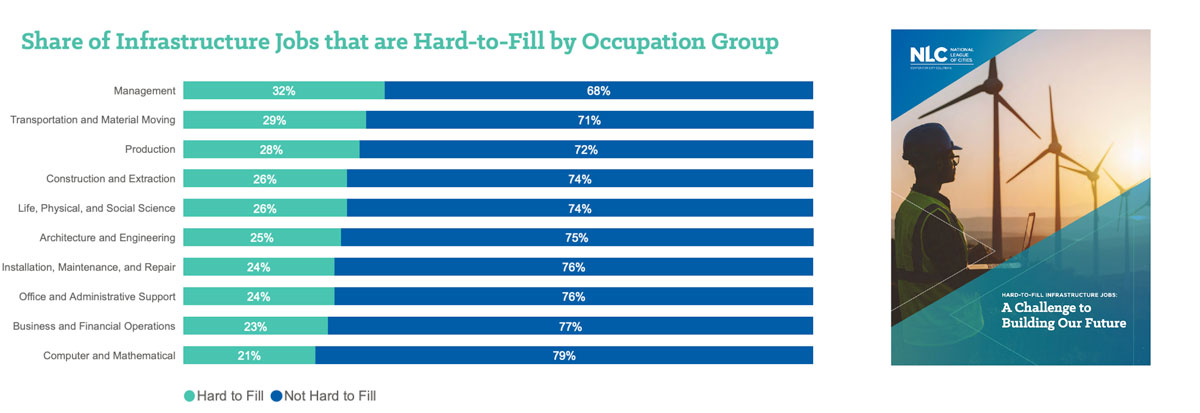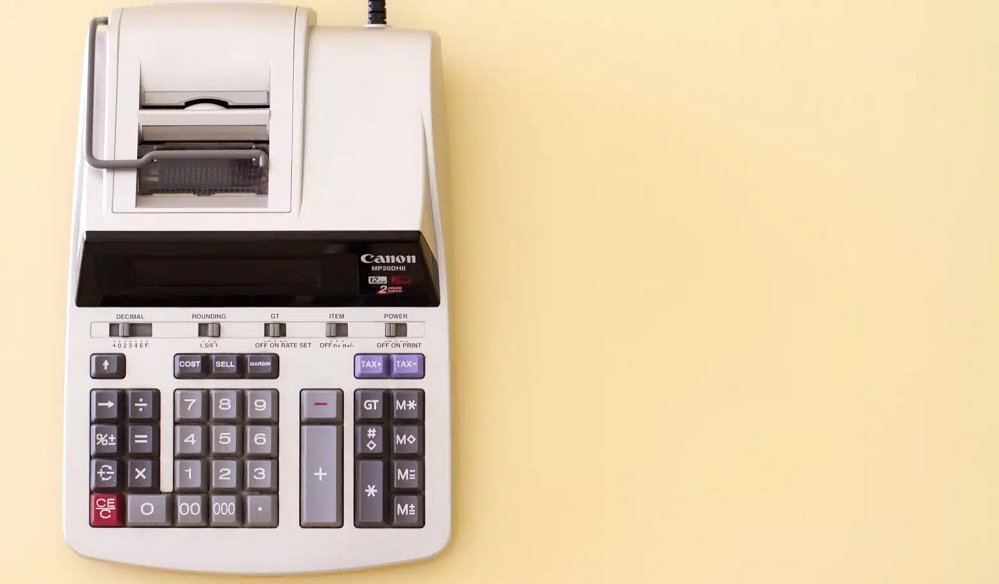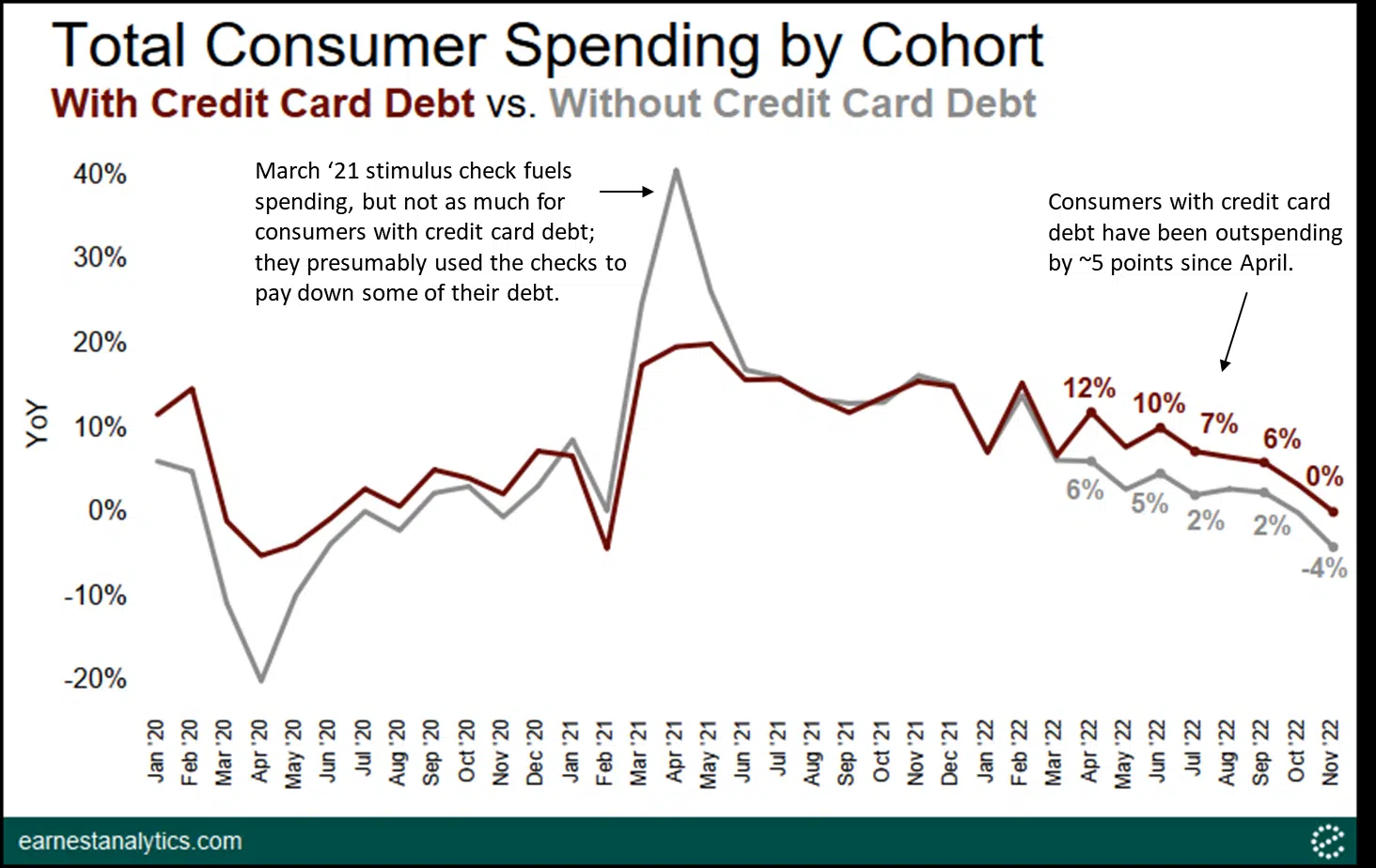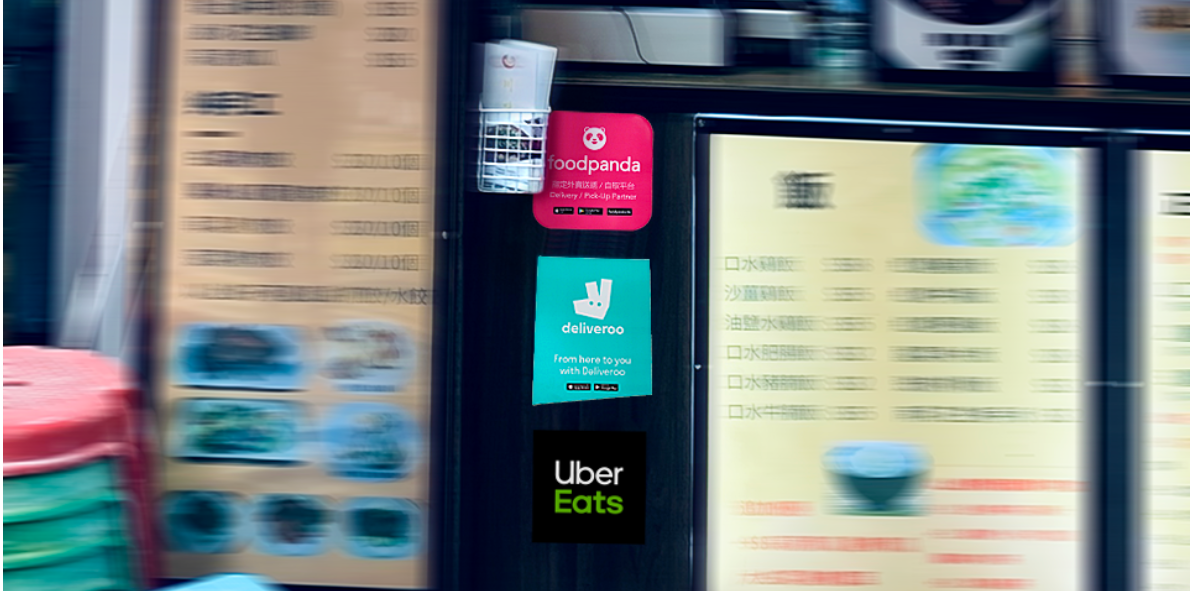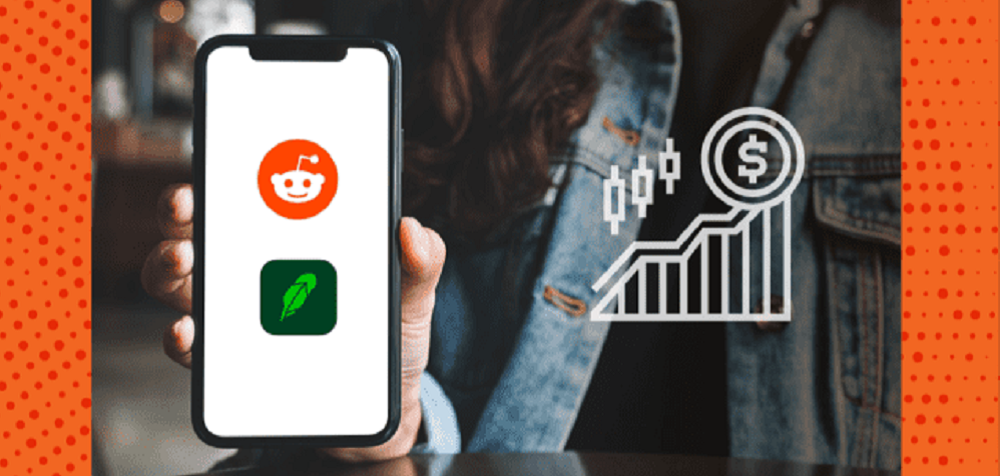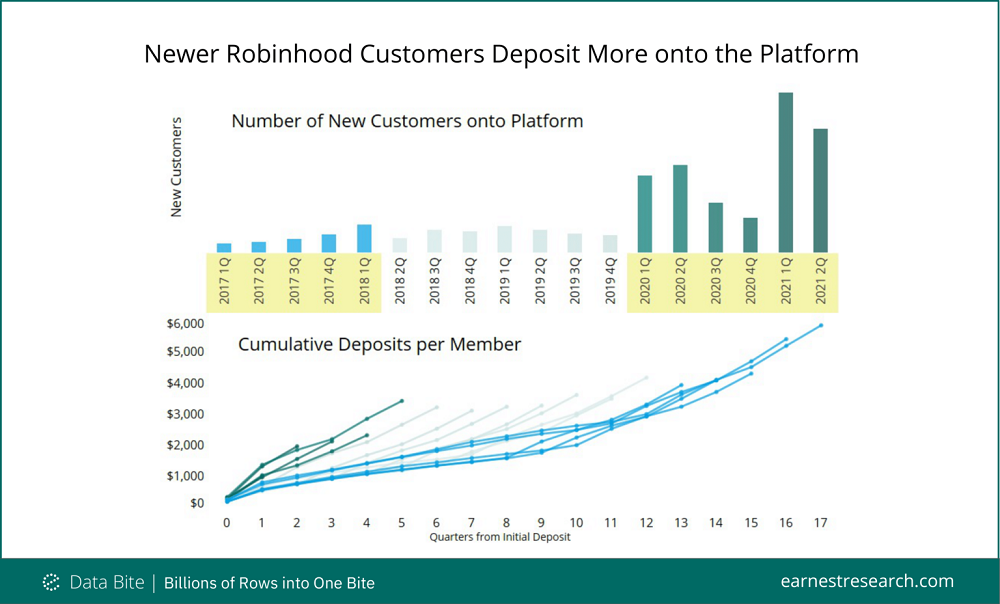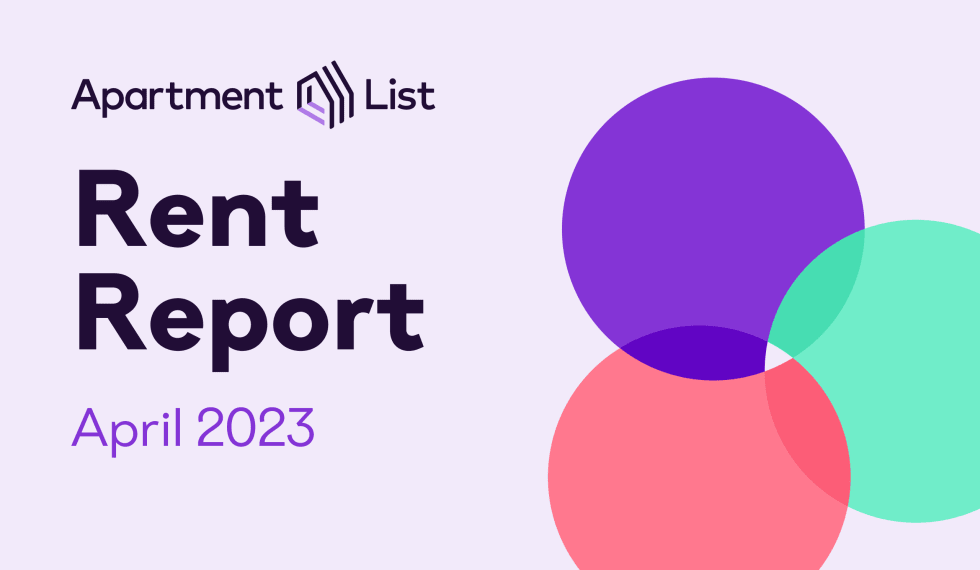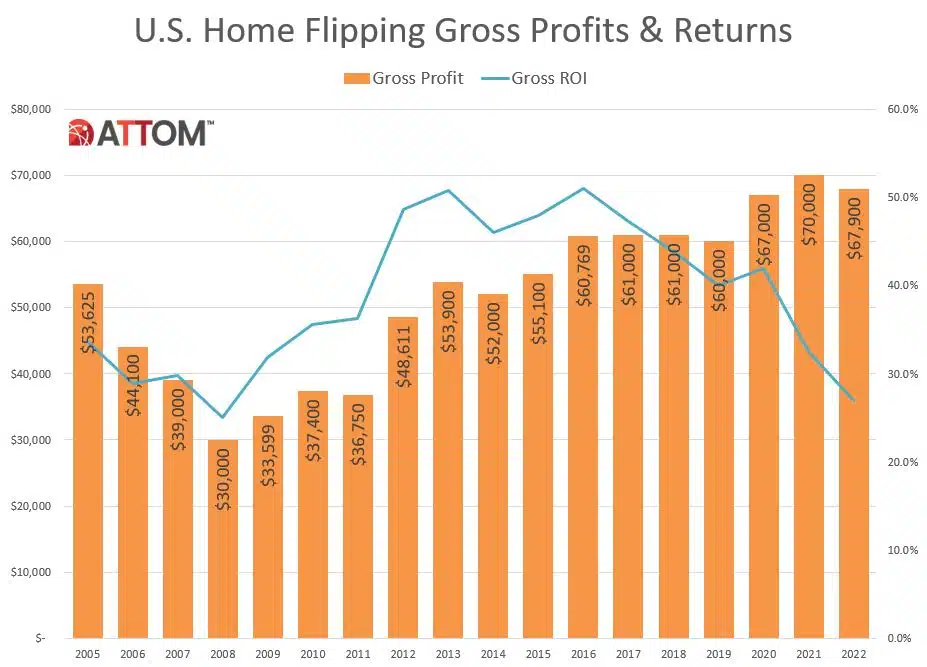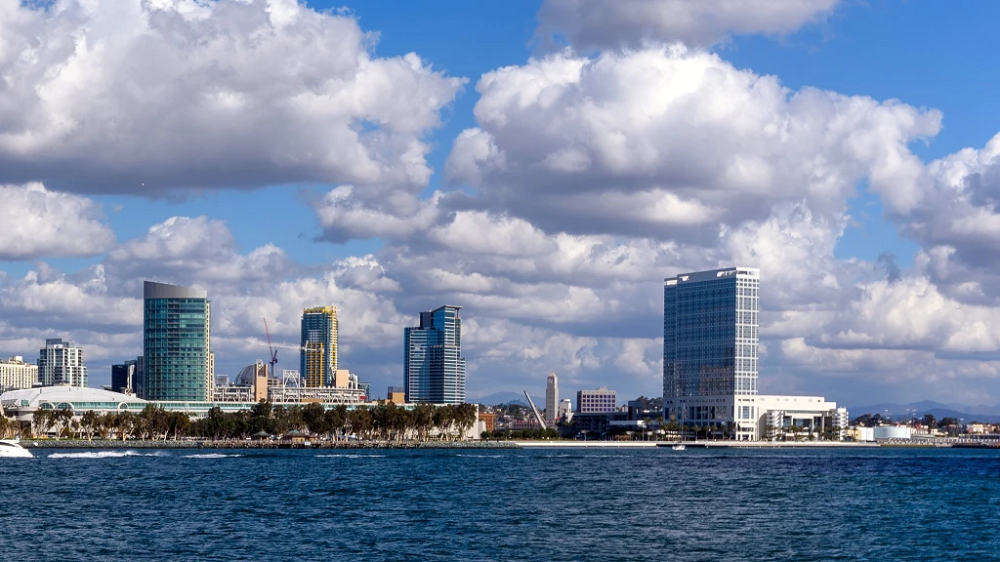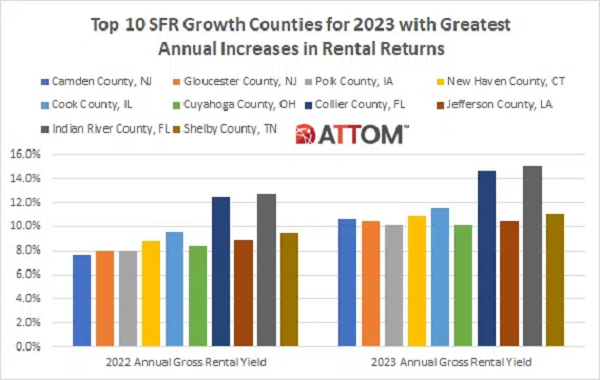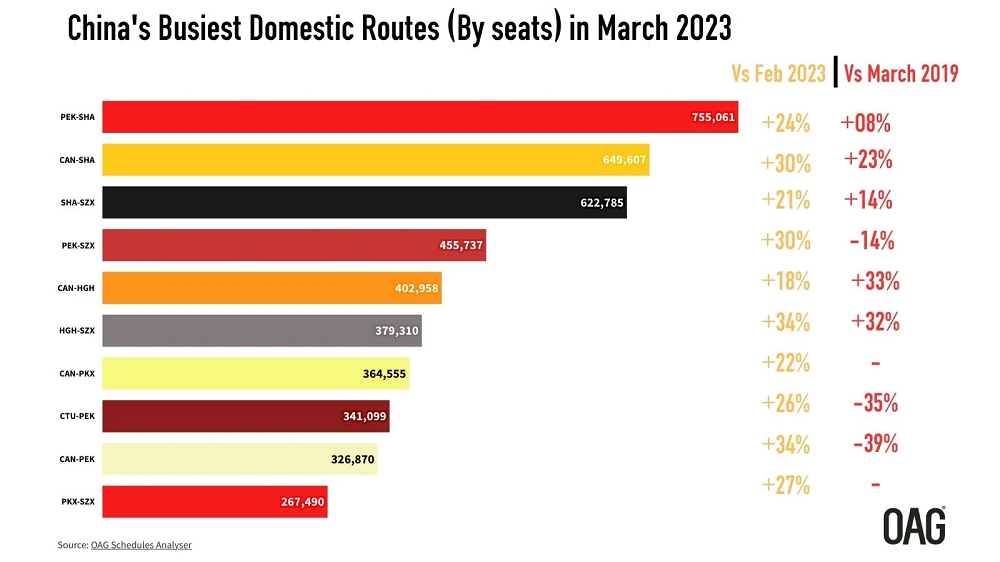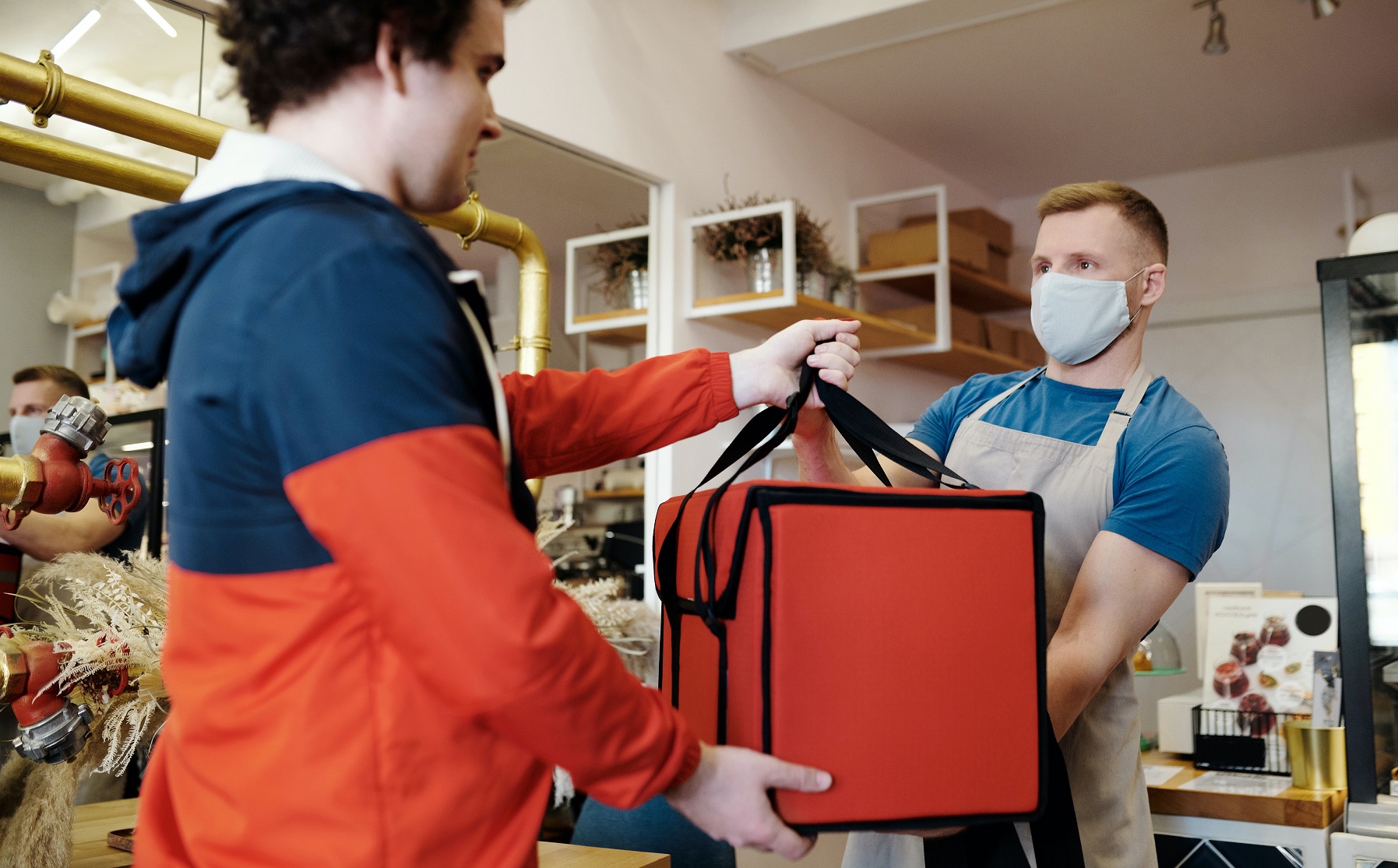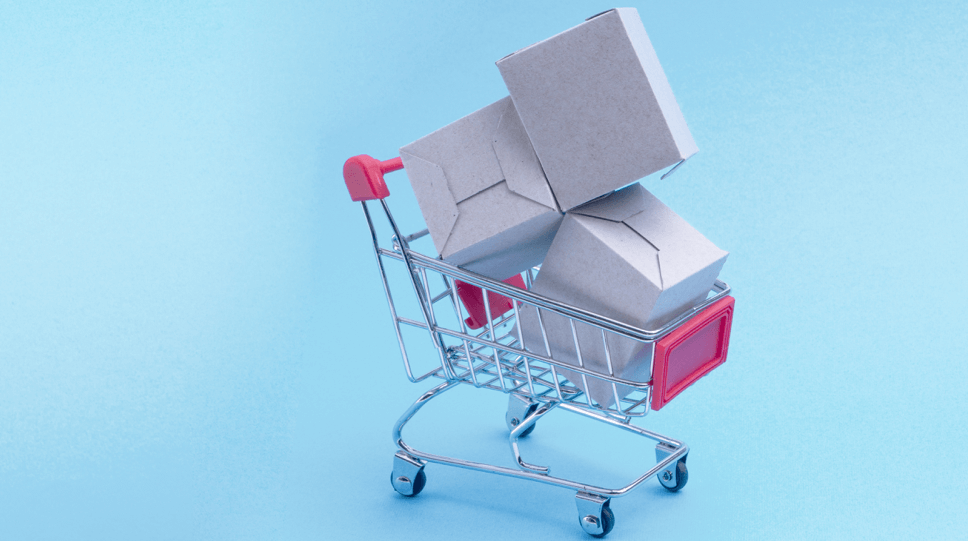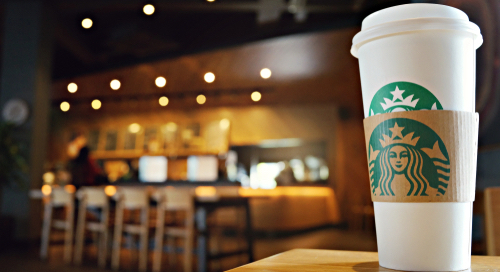When many Americans sheltered in their homes early in the coronavirus pandemic, meal delivery sales reached new heights. Our data reveals that in April 2021, sales for meal delivery services grew 36 percent year-over-year, collectively. Shelter-in-place orders may also be driving more Americans to make their first meal delivery purchase.
Towns and cities in the UK’s North East, North West and West Midlands show early signs of getting back to previous working patterns, with high-frequency geo-location data revealing a sharp rise in commuting practices during April as lockdown restrictions eased. The data measures the extent to which residents of UK towns and cities travel beyond their home environments on a frequent basis – a traditional commuting pattern.
Very few industries combine fashion and function as well as eyewear. And state-by-state regulations that mandate optometrists performing exams in “two-door” states operate separately from opticians filling prescriptions provide a clear separation between medical necessity and personal indulgence. This combination has led to peak conditions for the nascent online eyewear subindustry.
In what has been the hardest-hit and slowest-to-recover ad market, Canada has finally rebound. To understand the effect of the rebound, we leveraged our detailed ad intelligence data sourced from actual spend from the top media agencies in Canada. The data shows that in Q1 2021, national advertising expenditure across all media was up +4% vs Q1 2020 and driven by a strong March month, up +10% vs. March 2021.
In the biggest shock of the retail year (note the heavy sarcasm) both Walmart and Target are recovering well. Looking at year-over-year numbers in March and April shows Target visits skyrocketing to gains of 21.7% and 49.5% respectively in the two months. Walmart went from significant year-over-year declines to a March visit gap of just 0.4% and visit growth of 21.7% in April.
Over 1,400 new air routes have been scheduled to operate in 2021, the highest for a number of years, undoubtedly reflecting both the current uncertainty and a desire from some airlines to use this period to experiment with their networks. Amongst all of the bad news and route losses, airlines’ appetite to experiment has to offer a glimmer of hope for regional airports, who most typically benefit from this type of airline network experimentation.
The latest loan performance data from CoreLogic shows that the nation’s mortgage delinquency rate in February 2021 was 5.7%, a small increase from January’s 5.6%. The delinquency rate calculates the number of loans in various stages of distress — 30-59 days past due, 60-89 days past due, 90+ days past due, and foreclosures — as a percentage of all first-lien mortgages in servicing.
Big tech companies have long been considered highly attractive places to work. They pay well, offer top notch perks, and are full of talented people working on difficult technical problems. Being tech companies, most of their workforce is composed of jobs that require technical skills.
When it comes to consumer behavior under the pandemic, nothing has been too different all around the world now. The war among food delivery companies that we have seen in many regions is also happening in the Arab world. According to Measurable AI’s transactional e-receipts data, the overall food delivery market in the Middle East has doubled its revenue size in 2020.
The wholesale club sector experienced several fundamental disruptions during the pandemic that offered the potential to redefine the space. Brands like BJ’s Wholesale Club surged with 13.0% visit growth in 2020 compared to 2019, while Sam’s Club saw a 4.3% increase in visits year over year. And these jumps were given added weight as industry leader Costco, saw a near impossible to imagine 2.1% decline in visits in 2020.
Department stores faced a uniquely challenging environment in the last year with COVID limiting visits to malls, retail stores and more product brands looking to emphasize DTC channels. And while signs of a recovery are popping up for the sector, there are still fundamental questions about the true power of the model from a long term perspective.
Investor interest in the industrial sector has leapt with the shift in consumer activity to online shopping, a situation that has helped the RCA CPPI for U.S. industrial properties outperform all other sectors. Industrial property prices are now at record high levels and investors note difficulty in sourcing deals. In response, will the market react with too much supply?
Beyond the ad-supported streaming platforms, broadcast networks compete for attention with platforms that distribute user-generated video content. And as audience attention shifts, so do advertisers. As the social network with the most annual revenue, we know that Facebook is great at bringing in ad dollars.
We’ve got a spring in our step after yet another month of growth. Following the 11% increase in active job listings we saw in March, and our return to pre-pandemic job levels, April’s active job listings were up a solid 4%.
As wifi and unlimited cellular data become more pervasive, so too has streaming music. Gone are the days of paying a dollar per song and then trying to manage device storage by pulling them down from and adding them back to the cloud.
Over the last fourteen months, rapid shifts in consumer demand during the pandemic have fueled acute shortages. Retailers haven’t been able to keep products on the shelf ranging from toilet paper and seltzer to bicycles and lumber. Even as the country opens back up, new shortages are popping up in “post-pandemic” categories.
As of April 19, all US adults are now eligible for the COVID-19 vaccine. This marks a huge milestone in the vaccination effort, and comes ahead of the May 1 deadline President Biden had originally set. We know from CDC data that 134.4 million Americans have received at least one dose of either the Pfizer, Moderna, or Johnson & Johnson jab.
When little else is certain, there is always coffee. The beverage remains the undisputed favorite in the U.S., with Americans consuming 400 million cups per day. But believe it or not, fewer people drank coffee in the United States during the pandemic compared to levels seen before it, according to a survey by the National Coffee Association (NCA).
As the U.S. economy reopens, consumer spending has increased in travel-related sectors. Transaction data shows sales for air travel, hotels, and travel arrangement services have increased since plummeting in March 2020, and rose dramatically in March 2021, while the cruise industry’s recovery remains sluggish.
As environmentally-conscious consumers turn away from fast fashion and seek more sustainable alternatives, resale marketplaces have been on the rise. Furthermore, traditional retailers have started implementing new resale initiatives; Lululemon recently announced a resale program for pre-owned activewear, and Neiman Marcus launched a platform for its stylists to sell clients’ unwanted handbags and accessories.











